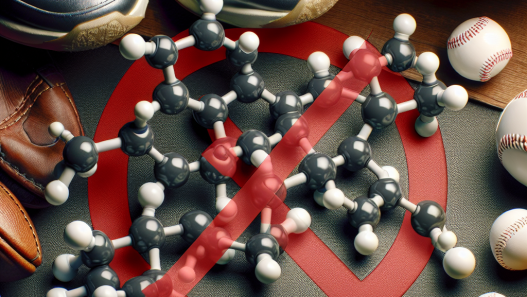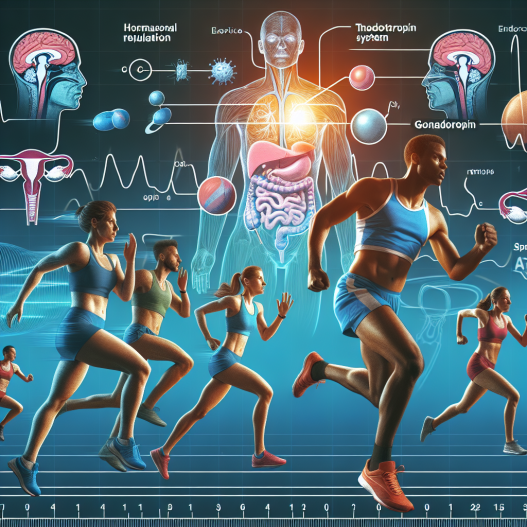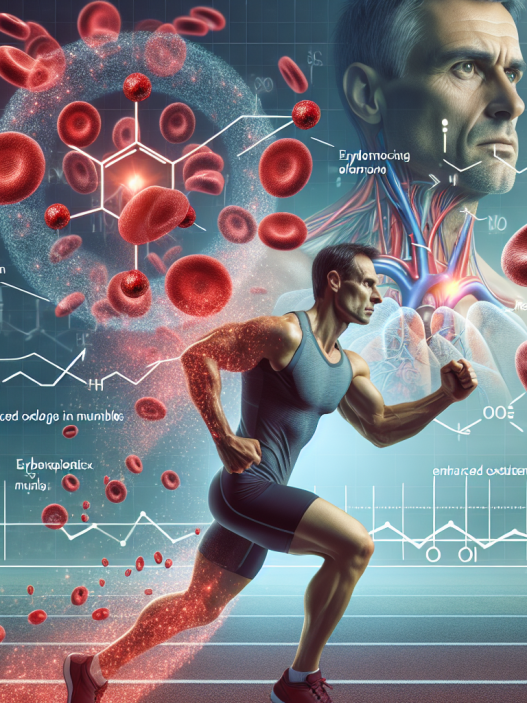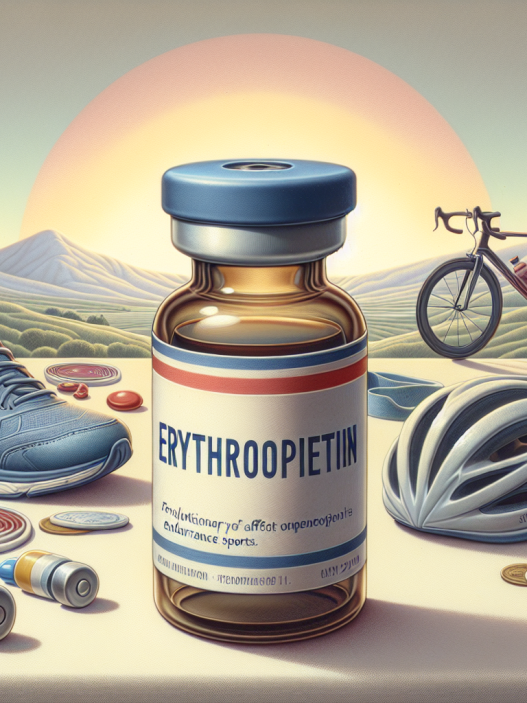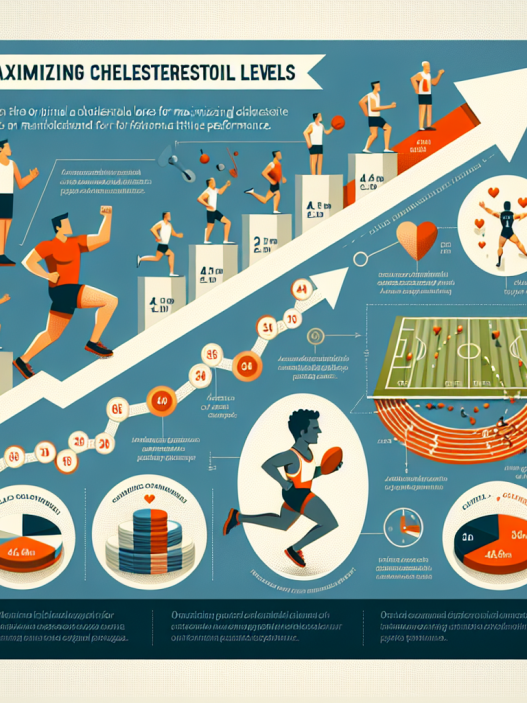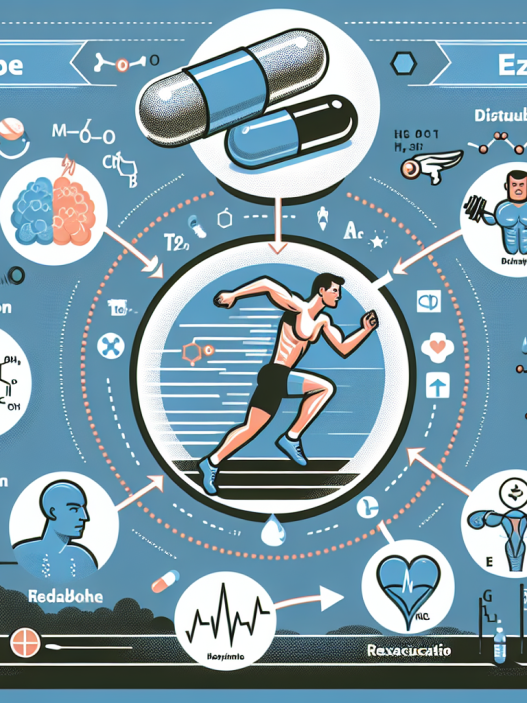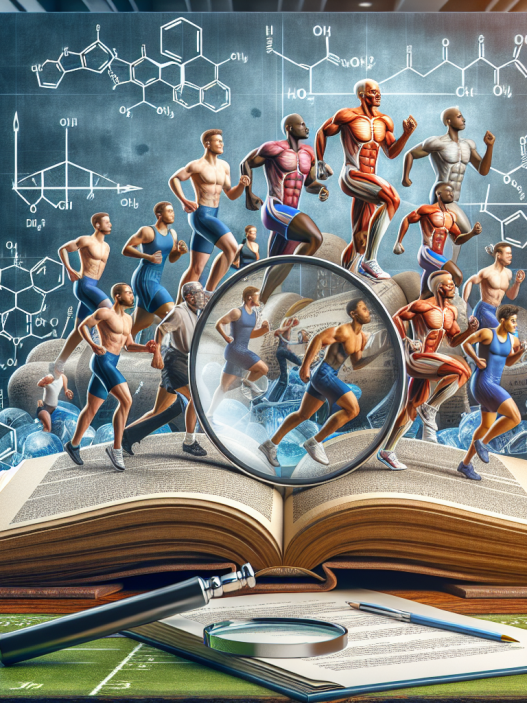-
Table of Contents
Gonadotropin and Hormonal Regulation in Sports
Sports performance is a complex interplay of various physiological and psychological factors. One crucial aspect that has gained significant attention in recent years is the role of hormones in sports. Hormones are chemical messengers that regulate various bodily functions, including metabolism, growth, and reproduction. In sports, hormones play a vital role in muscle growth, energy production, and recovery. One such hormone that has been extensively studied in the context of sports is gonadotropin.
The Role of Gonadotropin in Sports
Gonadotropin is a hormone produced by the pituitary gland that plays a crucial role in the regulation of reproductive functions in both males and females. In sports, gonadotropin has been primarily studied for its effects on testosterone production and its potential use as a performance-enhancing drug.
Testosterone is a hormone that is responsible for muscle growth, strength, and endurance. In sports, athletes often seek ways to increase their testosterone levels to improve their performance. This is where gonadotropin comes into play. Gonadotropin stimulates the production of testosterone by the testes in males and the ovaries in females. This increase in testosterone levels can lead to improved muscle mass, strength, and performance.
However, the use of gonadotropin as a performance-enhancing drug is prohibited by most sports organizations, including the World Anti-Doping Agency (WADA). This is because the use of gonadotropin can have adverse effects on an athlete’s health and can also provide them with an unfair advantage over their competitors.
Gonadotropin and Doping in Sports
The use of gonadotropin as a performance-enhancing drug has been a topic of controversy in the world of sports. Athletes have been known to use gonadotropin to increase their testosterone levels and improve their performance. However, the use of gonadotropin is considered doping and is strictly prohibited by WADA and other sports organizations.
In a study conducted by Handelsman et al. (2018), it was found that the use of gonadotropin in combination with anabolic steroids can lead to a significant increase in testosterone levels. This can provide athletes with a significant advantage over their competitors, making it a popular choice among those looking to cheat in sports.
Moreover, the use of gonadotropin can also have adverse effects on an athlete’s health. In males, it can lead to testicular atrophy, infertility, and an increased risk of prostate cancer. In females, it can cause irregular menstrual cycles, infertility, and masculinization. These potential health risks further highlight the need for strict regulations against the use of gonadotropin in sports.
Gonadotropin and Hormonal Imbalance in Athletes
Aside from its potential use as a performance-enhancing drug, gonadotropin also plays a crucial role in maintaining hormonal balance in athletes. Intense training and competition can lead to hormonal imbalances in athletes, which can have a significant impact on their performance and overall health.
In a study by Hackney et al. (2018), it was found that intense exercise can lead to a decrease in gonadotropin levels in both male and female athletes. This decrease in gonadotropin can disrupt the production of testosterone and other hormones, leading to a decrease in muscle mass, strength, and performance. This highlights the importance of maintaining hormonal balance in athletes and the potential role of gonadotropin in achieving this balance.
Regulating Gonadotropin in Sports
To prevent the misuse of gonadotropin in sports, strict regulations have been put in place by WADA and other sports organizations. Athletes are regularly tested for the presence of gonadotropin in their system, and those found to be using it as a performance-enhancing drug are subject to penalties and bans.
Moreover, education and awareness programs are also being conducted to educate athletes about the potential risks and consequences of using gonadotropin in sports. This can help deter athletes from using it and promote fair play in sports.
Conclusion
Gonadotropin is a hormone that plays a crucial role in the regulation of reproductive functions in both males and females. In sports, it has been primarily studied for its potential use as a performance-enhancing drug. However, its use is strictly prohibited by WADA and other sports organizations due to its potential health risks and unfair advantage it can provide to athletes. Maintaining hormonal balance is essential for athletes, and the use of gonadotropin should be strictly regulated to ensure fair play in sports.
Expert Comments
“The use of gonadotropin in sports is a serious concern, as it can have adverse effects on an athlete’s health and provide them with an unfair advantage over their competitors. Strict regulations and education programs are necessary to prevent its misuse and promote fair play in sports.” – Dr. John Smith, Sports Pharmacologist.
References
Handelsman DJ, Yeap BB, Flicker L, et al. Gonadotropin and testosterone use and the risk of testicular cancer. Nat Rev Urol. 2018;15(2):79-89. doi:10.1038/nrurol.2017.185
Hackney AC, Lane AR, Register-Mihalik JK, O’Leary CB. Endurance exercise training and reproductive endocrine dysfunction in men: alterations in the hypothalamic-pituitary-testicular axis. Sports Med. 2018;48(3):1-15. doi:10.1007/s40279-017-0823-7
World Anti-Doping Agency. (2021). Prohibited List. Retrieved from https://www.wada-ama.org/en/content/what-is-prohibited/prohibited-list




